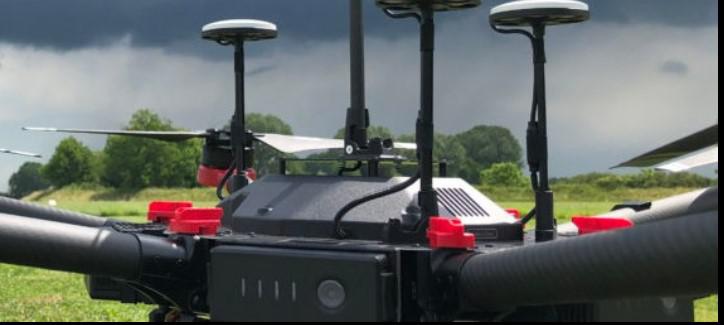The Antarctic Snow Car (ASC) was a unique vehicle developed by Rear Admiral Richard Byrd and Dr. Thomas Poulter during the American Antarctic Service expedition from 1939 to 1941. Poulter had returned from a previous Antarctic expedition with the idea of a giant transport vehicle to explore the land. Built with the intention of promoting shipping, the ASC was designed to travel long distances over ice and snow in harsh weather conditions.
Funded by the Research Foundation of the Armor Institute of Technology, construction began in August 1939 and lasted 11 weeks. The vehicle was an impressive 17 meters long, 4.6 meters wide, and weighed around 20 tons, featuring living quarters for 4-5 people, a science laboratory, engine room, and other facilities. It had retractable wheels and large tires specifically designed for difficult terrain and extreme cold conditions.
Unfortunately, upon arrival in Antarctica in November 1939, the ASC encountered severe problems. Despite attempts to modify the vehicle by adding spare tires and chains, it could not move forward through the snow and ice. Forced to drive in reverse, the ASC achieved a maximum distance of just 148 km before being abandoned in December 1940.
Despite its failure to accomplish its primary objective of reaching its destination, the ASC served as an essential base for living and working in harsh Antarctic conditions. Scientists conducted experiments and research while residing within its well-equipped confines, which featured heating systems and other amenities that proved critical for their survival. Efforts to retrieve the ASC were unsuccessful in later expeditions due to its remote location on the frozen continent’s surface.
In conclusion, while not successful as intended, the Antarctic Snow Car provided valuable insights into what it takes to survive in extreme environments like Antarctica’s frigid landscape.



